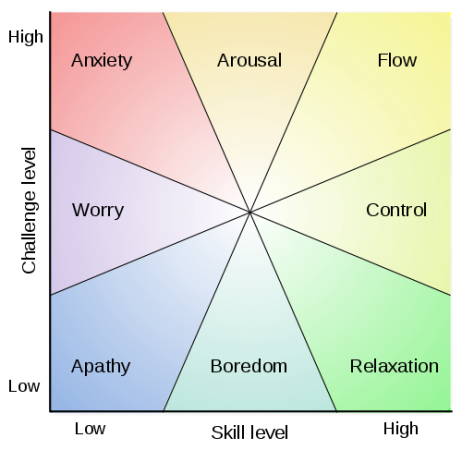Cedar Riener and Daniel Willingham expand on the argument (previously discussed here and here) that learning styles do not exist. They do not, however, deny that different people learn differently and this needs to be taken into account in teaching.
Real differences that affect learning:
- Different talents: “[W]hether we call it talent, ability, or intelligence, people vary in their capacity to learn different areas of content.” (ᔥ Riener and Willingham, 2012). Some of this is probably genetic, while some of it is probably due of nuture., which leads to:
- Different interests: Students with an interest in a subject are more motivated to learn and will learn it faster.
- Different background knowledge: Student retain more then they are able to fit new knowledge into an existing mental scaffolding.
- Learning disabilities: There are neurological differences that result in things like dyslexia that have a strong influence on how some students learn.
Riener and Willingham argue that while students do have preferences for ways they learn (visual vs. auditory vs. kinesthetic etc.) these have no real effect students’ learning. Information should be presented in ways that are appropriate to the content:
If I were to tell you “I want to teach you something. Would you rather learn it by seeing a slideshow, reading it as text, hearing it as a podcast, or enacting it in a series of movements,” do you think you could answer without first asking what you were to learn—a dance, a piece of music, or an equation? While it may seem like a silly example, the claim of the learning styles approach is that one could make such a choice and improve one’s learning through that choice, independent of content.
We all agree that some kids show more interest in math, some start their education more interested in poetry, and others are more interested in dodgeball. The proof that the learning-styles theorist must find is that for some sort of content—whether it be math, poetry, or dodgeball—changing the mode of presentation to match the learning styles helps people learn. That evidence has simply not been found.
— ᔥ Riener and Willingham, 2012: The Myth of Learning Styles in Change, The Magazine of Higher Learning.
Finally, they assert that, “it is a waste of time to assess learning styles rather than, for instance, background knowledge.”
Still, even with learning styles taken out of the equation, it seems to me that presenting information in multiple modes remains beneficial. It forces the teacher to approach the subject matter from different perspectives, and presents students with multiple opportunities to encounter information in a way that would fit into their existing knowledge scaffolding. However, it is useful to recognize that we don’t have to force ourselves too fit content into incongruent learning styles (although that in itself might be a useful mental exercise for the teacher, or a good way for students to demonstrate that they can apply their knowledge into other domains).
↬The Dish
